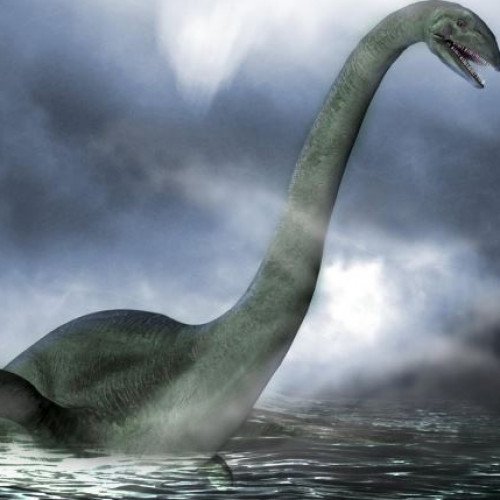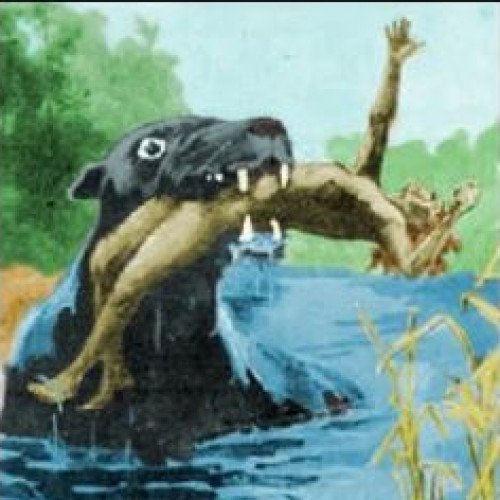Loch Ness Monster VS Bunyip

Loch Ness Monster
The Loch Ness Monster, or Nessie (Scottish Gaelic: Uilebheist Loch Nis), is a cryptid in cryptozoology and Scottish folklore that is said to inhabit Loch Ness in the Scottish Highlands. It is often described as large, long-necked, and with one or more humps protruding from the water. Popular interest and belief in the creature have varied since it was brought to worldwide attention in 1933. Evidence of its existence is anecdotal, with a number of disputed photographs and sonar readings. The scientific community regards the Loch Ness Monster as a phenomenon without biological basis, explaining sightings as hoaxes, wishful thinking, and the misidentification of mundane objects.
Statistics for this Xoptio

Bunyip
The bunyip is a large mythical creature from Australian Aboriginal mythology, said to lurk in swamps, billabongs, creeks, riverbeds, and waterholes. The bunyip was part of traditional Aboriginal beliefs and stories throughout Australia, while its name varied according to tribal nomenclature. In his 2001 book, writer Robert Holden identified at least nine regional variations of the creature known as the bunyip across Aboriginal Australia. The origin of the word bunyip has been traced to the Wemba-Wemba or Wergaia language of the Aboriginal people of Victoria, in South-Eastern Australia. Europeans recorded various written accounts of bunyips in the early and mid-19th century, as they began to settle across the country.